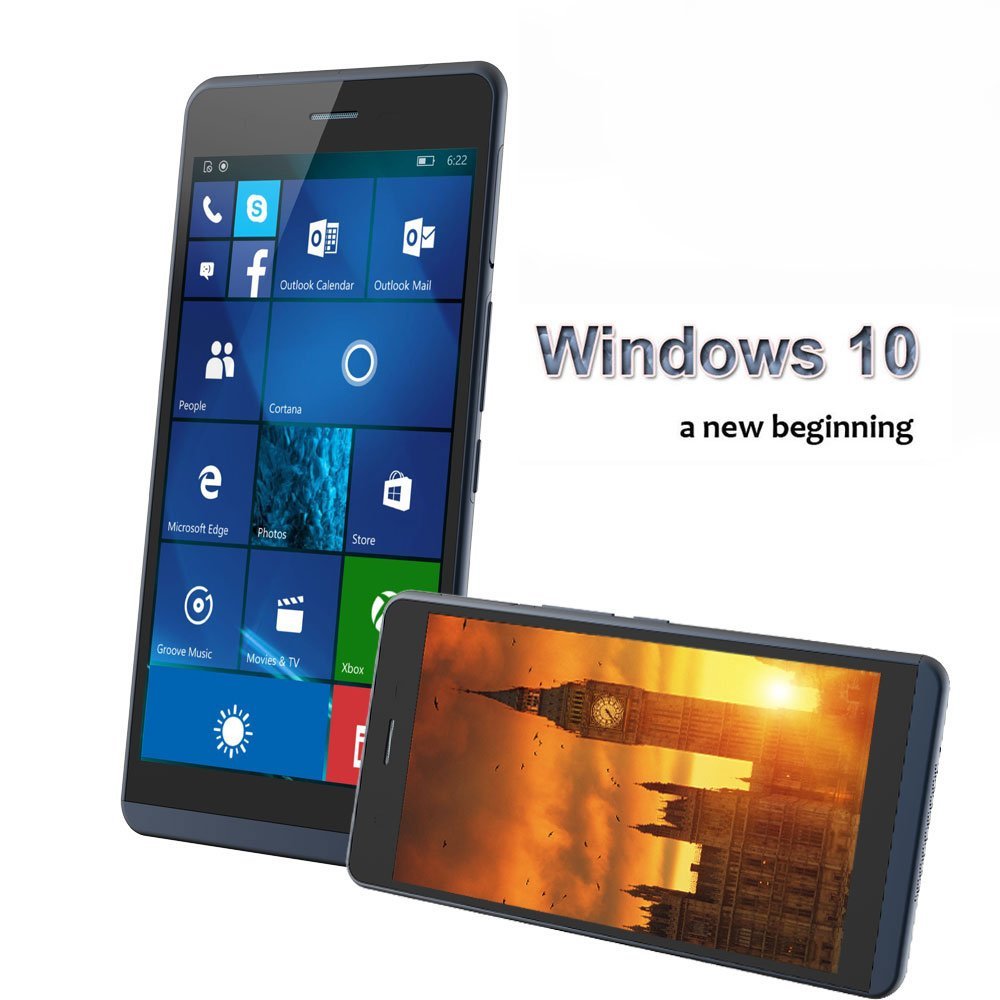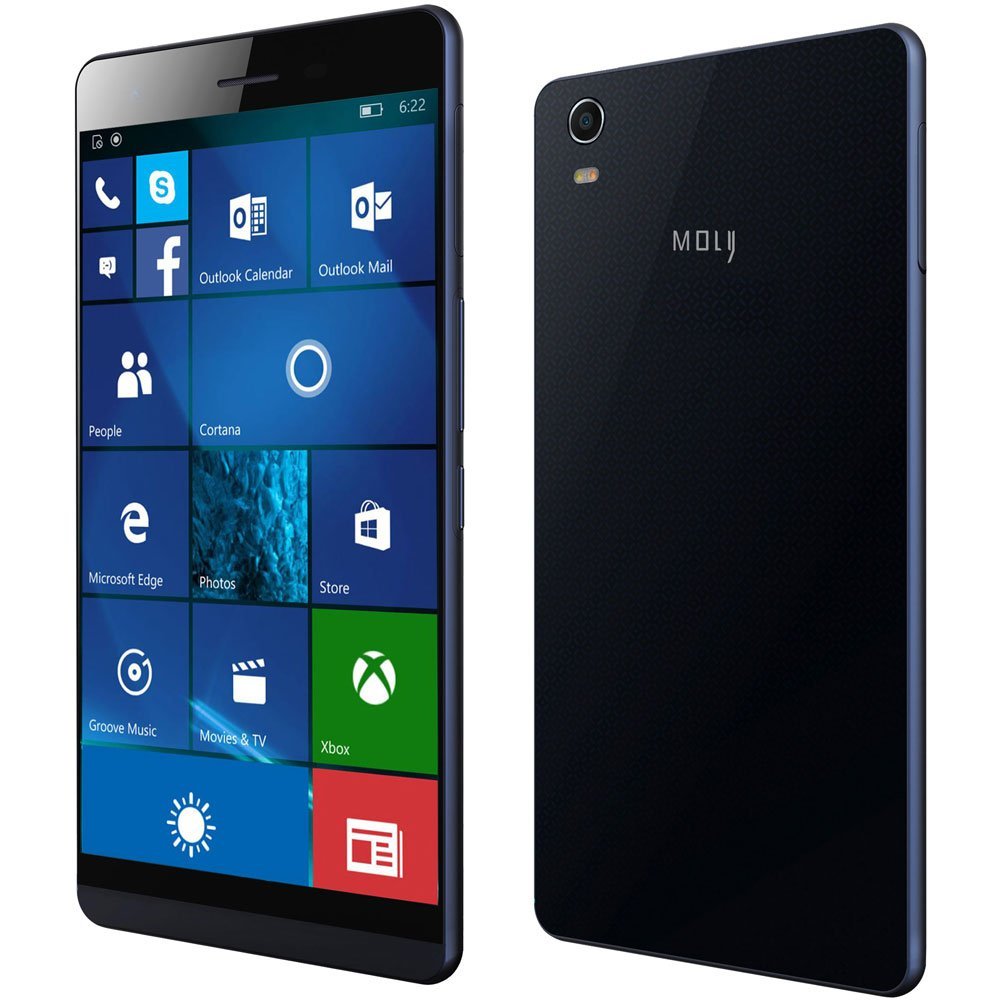Windows Phone can survive on 3rd party hardware, but will need significant investment by Microsoft
4 min. read
Published on
Read our disclosure page to find out how can you help MSPoweruser sustain the editorial team Read more

When Microsoft announced their 4.5 million Windows Phones sold in Q4 2015, that number was not the sum total of all Windows Phones sold that quarter.
That number excluded all the handsets sold by 3d party OEMs such as Blu and Yezz and seemingly a million other local brands who frankly sold rebranded white box handsets.
Of course it would be delusional to think that those devices amounted to more than 100,000 handsets sold in total, but amid all the wailing and gnashing of teeth we must remember that handing over the baton to 3rd party OEMs is actually Microsoft’s conscious strategy and part of the reason why they withdrew from many markets.
Yes, Satya Nadella said if no-one makes Windows Phones they would certainly step up, saying in July 2015:
If no OEM stands up to build Windows devices we’ll build them. There will be Lumia devices. So I’m not afraid of saying, okay, it’s all about the OEMs, or it’s all about the ecosystem. It’s about Windows. It is about the overall health of Windows and being grounded in any given day’s reality, but having ambition of where the market is going versus being bound by current definitions.
However it seems, by hook or by crook, Microsoft has convinces a large number of OEMs, some with recognizable names such as Acer and Vaio, to invest in the operating system
We must also remember that while Microsoft is clearly eager to get out of the hardware business, they have continued to work very hard at developing and smoothing out Windows 10 Mobile, and with the operating systems unifying more and more there is no reason to believe that work will not continue.
In the same interview Satya Nadella said:
We will do everything we have to do to make sure we’re making progress on phones. We have them. Even today Terry (Myerson, the head of Windows and Devices) reinforced, again, yes, we will have premium Lumias coming this year.
If there are a lot of OEMs, we’ll have one strategy. If there are no OEMs, we’ll have one strategy…
Microsoft however needs to do a lot more than polish Windows 10 Mobile for their operating system and the handsets which run it to stand a chance in the market. The “Windows Phone is dead” headlines from the last week has been incredibly damaging, and I expect hundreds of apps in development have been cancelled in the last 7 days. Just like Joe Belfiore’s plan to use the iPhone, we have been forewarned of Microsoft’s shift in strategy, but the company did not re-articulate their plan clearly more recently, and have allowed the headlines to run rampant.
Microsoft needs to more than make an ugly flagship to give Acer and Neo a chance. They need to be ahead of the message, keep the media informed of the growing range of Windows 10 Mobile handsets from 3rd parties, even if they are not available locally, and frankly be more enthusiastic about their OS, even if they themselves want to get out of the hardware game.
Of course there are other things they need to do technology wise. The app gap is a real and massive issue, and putting Project Astoria on a hiatus was I think a mistake. Thankfully we have seen signs that it may come back better than ever, which is encouraging.
While we at WMPU will be broadening our focus somewhat (because frankly, there is no guarantee Microsoft’s strategy will work) , we hope over the next year we will have even more Windows 10 Mobile handsets to review from a very diverse set of OEMs producing super-attractive handsets like the one above. It may be a long slog back up to a respectable market share, and it will only happen if Microsoft supports their OEMs well with timely technology and marketing/PR support, but it will definitely be interesting to watch.









User forum
0 messages